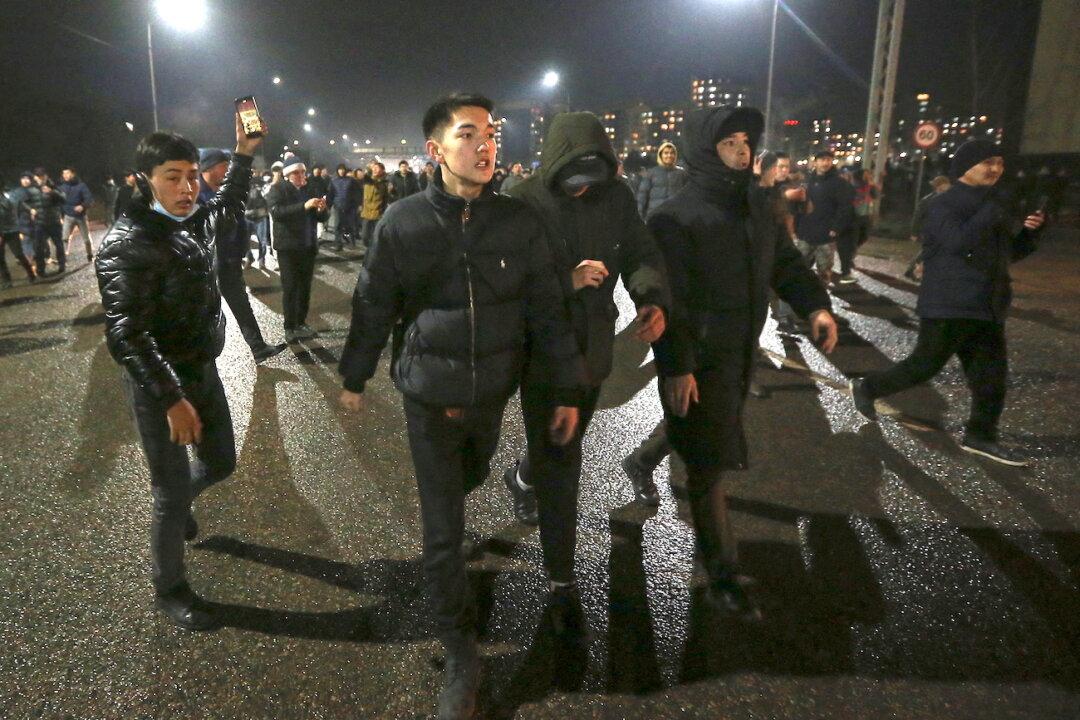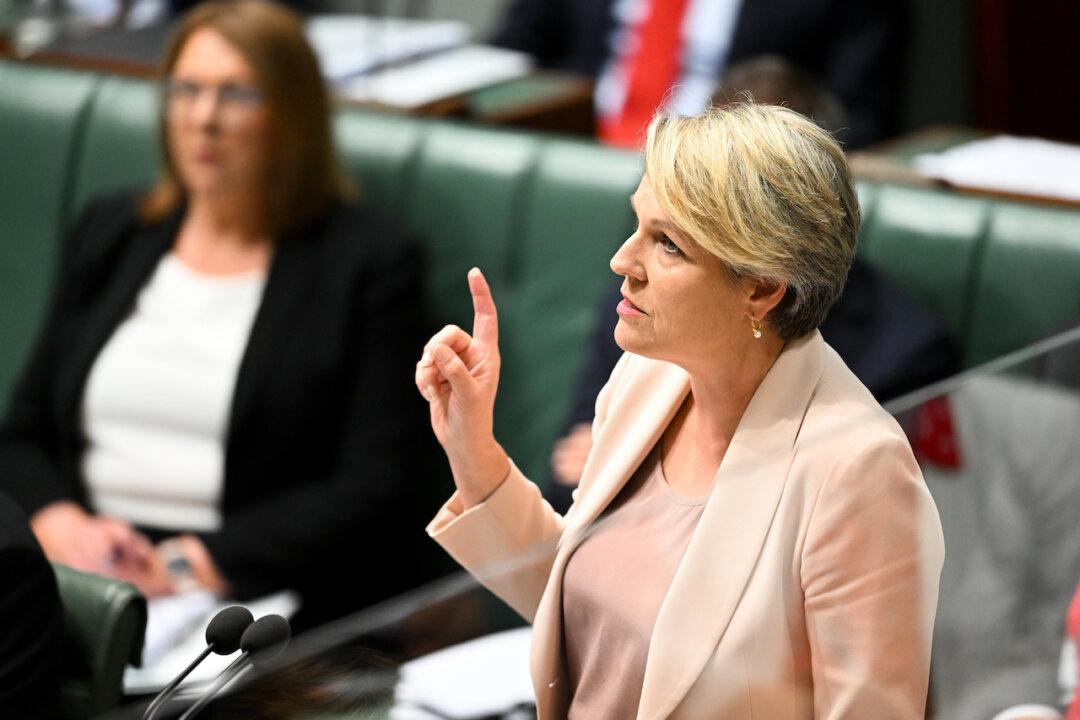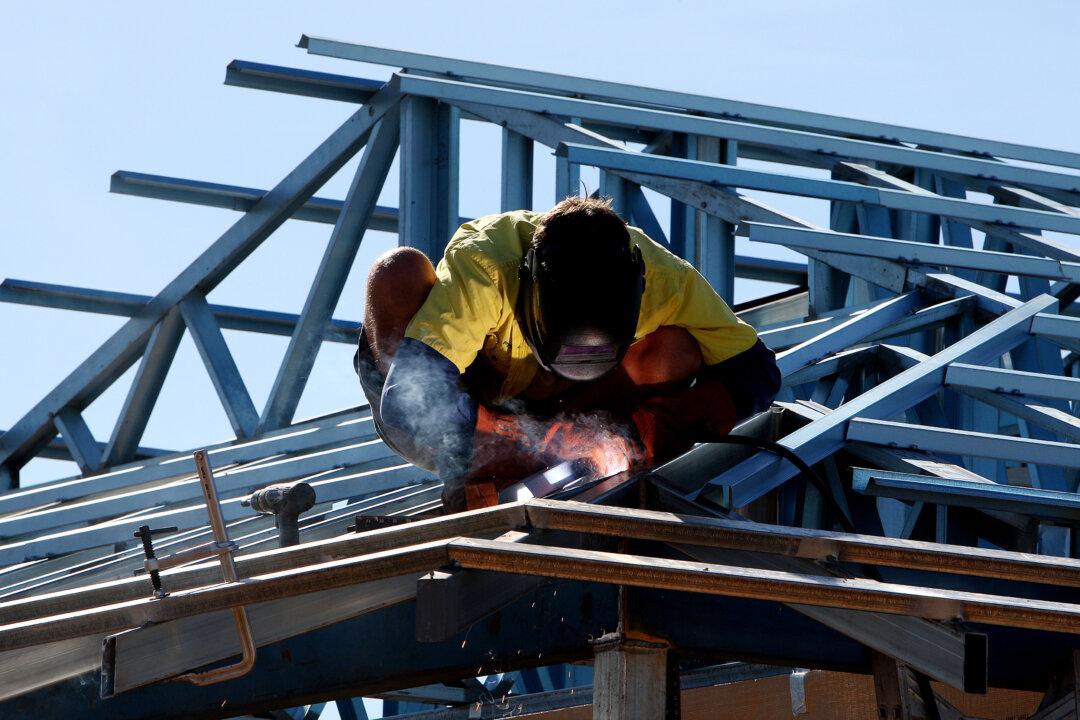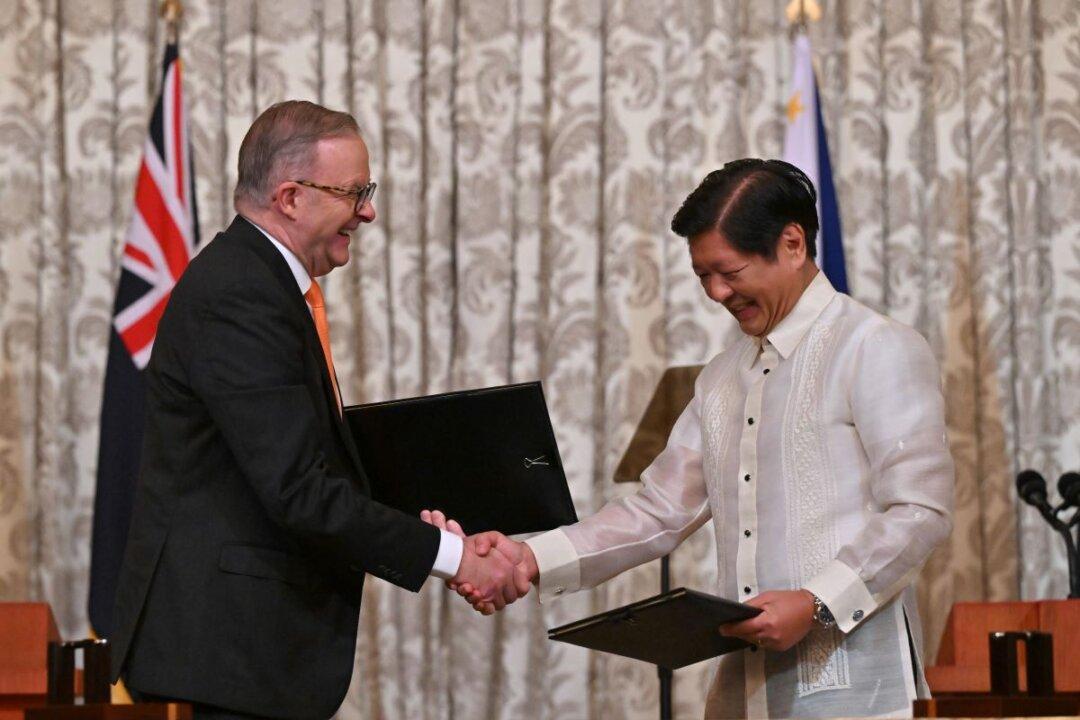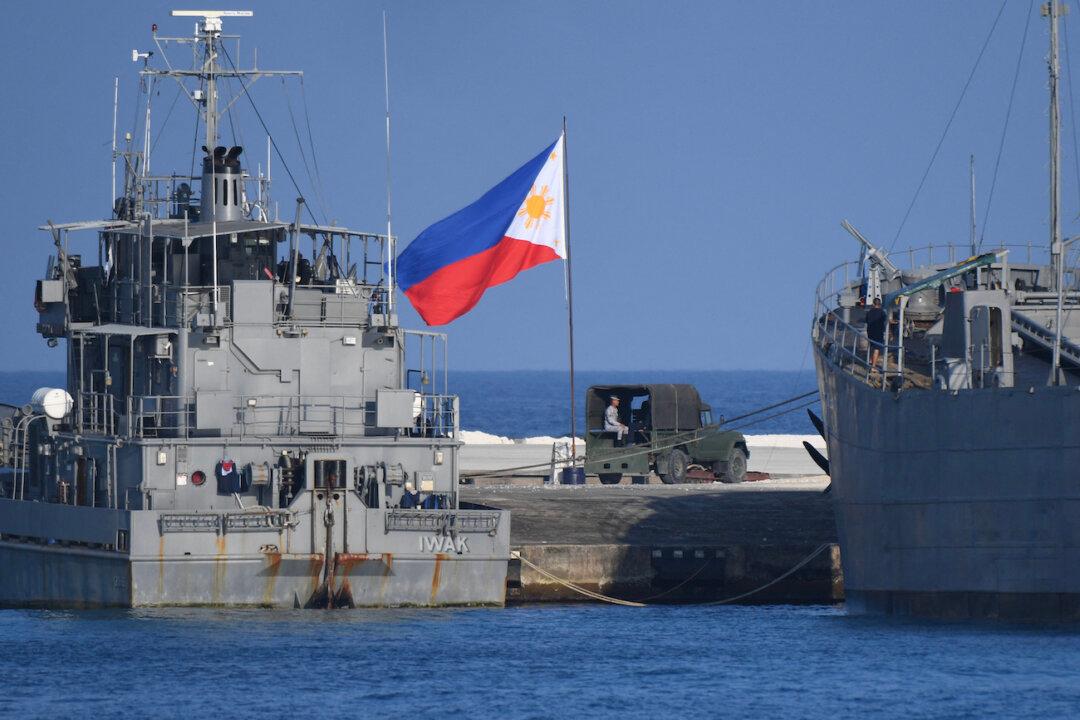Protests across Kazakhstan over rising fuel prices forced the resignation of the government on Jan. 5 when the Central Asian nation’s president personally intervened in the crisis.
The news of the resignations comes after a state of emergency was declared in the Mangistau and Almaty regions until Jan. 22, after thousands of people demonstrated across Kazakhstan for a third day over the rising cost of liquefied petroleum gas (LPG). A rally in Almaty drew at least 5,000 people, according to Al-Jazeera, which cited two AFP journalists, and protests around the country are growing.
